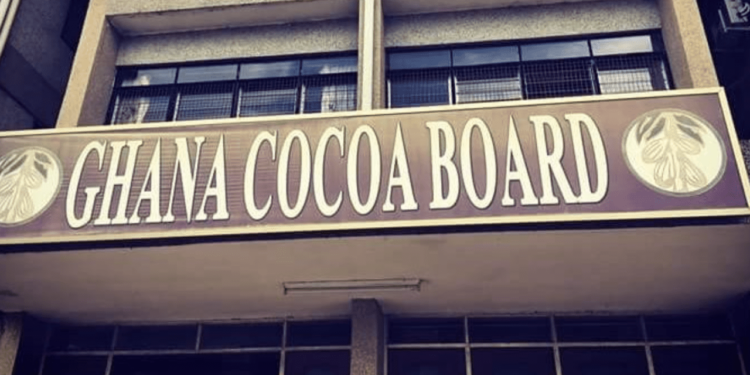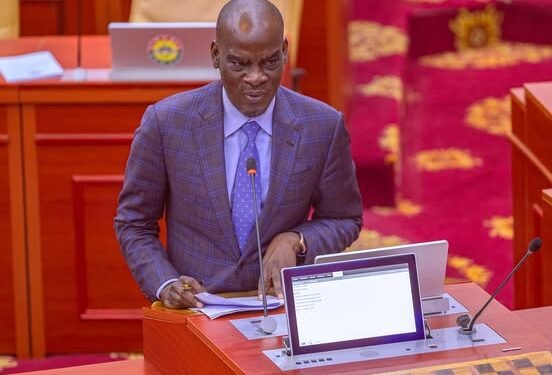South Africa’s economy delivered a stronger-than-expected performance in the second quarter of 2025, marking its fastest pace of growth in two years. But despite the improvement, experts caution that the rebound remains too weak to significantly ease unemployment or lift household incomes.
According to Statistics South Africa, the economy expanded by 0.8% in the second quarter, up from a marginal 0.1% in the previous quarter. This is the highest seasonally adjusted quarter-on-quarter rate of expansion since the second quarter of 2023, when GDP also grew by 0.8%.
The improvement was driven by increases in eight out of ten major industries. Mining, manufacturing, trade, and agriculture provided the strongest contributions, while the transport and construction sectors recorded declines. The government hailed the figures as evidence of resilience, pointing to efforts to stimulate growth and create jobs.
Economists Warn Growth Too Fragile
Despite the upbeat tone, analysts say the growth numbers paint only part of the picture. Casey Sprake, economist at Anchor Capital, said: “The Q2 GDP rebound is a welcome signal that parts of the economy (notably mining, manufacturing, trade and agriculture) still have the capacity to surprise on the upside.”
She added, however, that the improvement is not filtering down to everyday life: “For South Africans on the ground, the reality is that growth remains too low, too narrow and too fragile to meaningfully ease unemployment, reduce inequality or lift real household incomes.” Sprake warned that structural barriers continue to weigh heavily on the economy.
“Without decisive reforms to unlock investment and rebuild confidence, the economy risks remaining stuck in a low-growth trap, where even small gains feel elusive against the weight of structural constraints and everyday cost pressures.
“It is important to keep in mind that this latest data release reflects activity prior to the implementation of the 30% tariff hikes that came into force on 7 August. The timing matters — while the Q2 figures offer a snapshot of an economy finding its feet, the impact of higher trade barriers, particularly on the automotive sector and related manufacturing industries, is only beginning to filter through.”
Casey Sprake, economist at Anchor Capital

Market expectations suggest the consequences of the tariffs will be more visible in the months ahead, likely complicating South Africa’s growth outlook for the rest of 2025.
Growth projections remain modest, with forecasts of 1.3% in 2026 and 2% in 2027. Sprake argued these levels are “insufficient to meaningfully improve living standards.”
Other economists echoed her concerns. Maarten Ackerman, chief economist at Citadel, described the pace of expansion as disappointing.
“The GDP print confirms that the economy is showing resilience in the face of global and domestic challenges. However, annual growth of just 0.6% is still about one percentage point below population growth, highlighting the structural constraints preventing SA from reaching its true potential.”
Maarten Ackerman, chief economist at Citadel
Ackerman said modest gains from mining, manufacturing, and agriculture had been supported by small improvements in logistics and power supply, but the advances were “not enough to shift the bigger picture.”
READ ALSO: MPs, Eco-Citizens Slam President Mahama’s Weak Galamsey Response























